- The Cemetery is a Grade II listed ‘Park and Garden of Special Historic Interest’
- Contains 286 Commonwealth war graves from the two World Wars
- Such was demand for space that extensions were needed to the cemetery in 1854, 1859, 1860 and 1869
Park and Garden of Special Historic Interest
Welford Road Cemetery has its roots, like many of its Victorian contemporaries, in the urbanisation of the industrial cities. Due to the population growth in Leicester during the industrial revolution there was a desperate need for private and municipal cemeteries.
By the early 1840s Leicester’s seven churchyards and seventeen burial grounds could no longer cope. The Leicester General Cemetery Company was formed on 22 September 1845 by the Corporation with Richard Harris as Chairman. A public competition was launched in 1848 to design the cemetery with 100 guineas or 5% of the project funds as prize, with the winners announced later that year as the Gloucester firm of Hamilton and Medland.
Extensions and growth
The cemetery was opened by the Mayor, William Biggs, on 19th June 1849. Over 3,000 people turned out in pouring rain to see the Mayor bury a sealed bottle containing gold and silver coins under the foundation stone of one of the chapels.
The first burial took place on 28th July 1849 when James Page was interred. In September 1850 application was made to the Board of Health for an order prohibiting interments in the town’s churchyards and burial grounds and by 1855 they were effectively closed. It was clear that extensions were needed to Welford Road and in 1854, 1859, 1860 and 1869 land was purchased between the cemetery and Lancaster Road. By 1869 the cemetery extended to the 31 acre site that you see today.
Between 1855 and 1902 the cemetery was in effect the only place for burials in the town. Belgrave cemetery opened to serve the population growth of that rapidly growing village in 1881 and in 1902 a second cemetery was opened for the town at Gilroes. Gilroes rapidly took over as the main cemetery, especially when crematoria were built there and burials at Welford Road fell away between the World Wars.
There are many notable local people buried at Welford Road including local business owners, politicians, architects and one of Leicester's most famous women, suffrage campaigner Alice Hawkins.
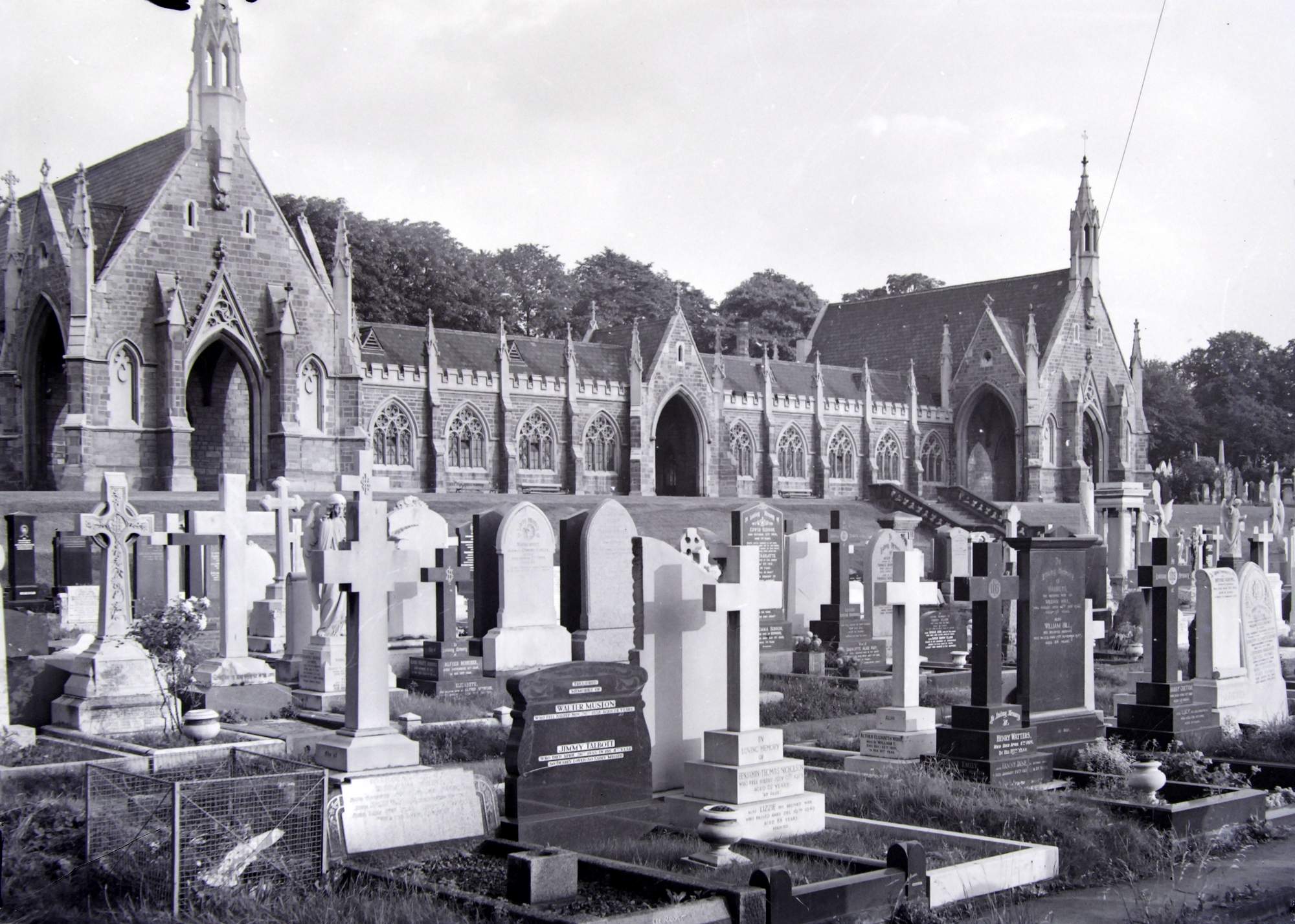
Military Burials
The cemetery contains 286 Commonwealth War Graves from the Great War and 46 from the Second World War in the cemetery. Many are buried in a Commonwealth War Graves Commission cemetery, which, along with the Cross of Sacrifice and Memorial Wall, form a separate ‘cemetery within a cemetery’ enclosed by low hedges. It was opened on 30th April 1923 by the Duke of Rutland and commemorates those servicepeople who died while on active service in the 5th Northern General Hospital and who are buried in mass graves in front of the memorial wall. Other casualties are located in individual plots throughout the cemetery. Many more soldiers are remembered on family memorials but buried in Flanders, France or further afield. All, including eight Australians, seven Canadians and nine Belgian soldiers from the Great War, are commemorated with individual poppies and a ceremony on the closest Saturday to November 11th (in the case of the Australians, on ANZAC day).
There are also many veterans of conflicts stretching back to the Napoleonic Wars, including the Crimean War and the wars of empire. Notable among these is William Green of the 95th Rifles who survived horrific wounds at the siege of Badajoz in 1812 to live well into his 90s and John Winterton, who lost a leg at Waterloo. Also remembered are civilian casualties of war including those killed in the Leicester blitz of November 1940.
Regeneration of a green haven
A third cemetery opened at Saffron Hill in 1929 and by 1958 the chapels were in such disrepair that they were demolished. The final plots were purchased in the 1970s and as the cemetery neared its 150th birthday in 1999 the Council and the newly formed Friends group began a process of regeneration that culminated in the award of a Heritage Lottery Grant in 2006. This enabled the building of the Visitor Centre and the renewal of roads and paths plus the installation of 100 plaques on the site of the chapel to commemorate notable people buried here.
The cemetery is still used for burials although there are only around a dozen interment's a year in family plots now. It has become a popular green haven close to the heart of the modern city with many species of fauna and flora flourishing alongside visitors from Leicester, Britain and the world.
With thanks to the Friends of Welford Road Cemetery.
Gallery
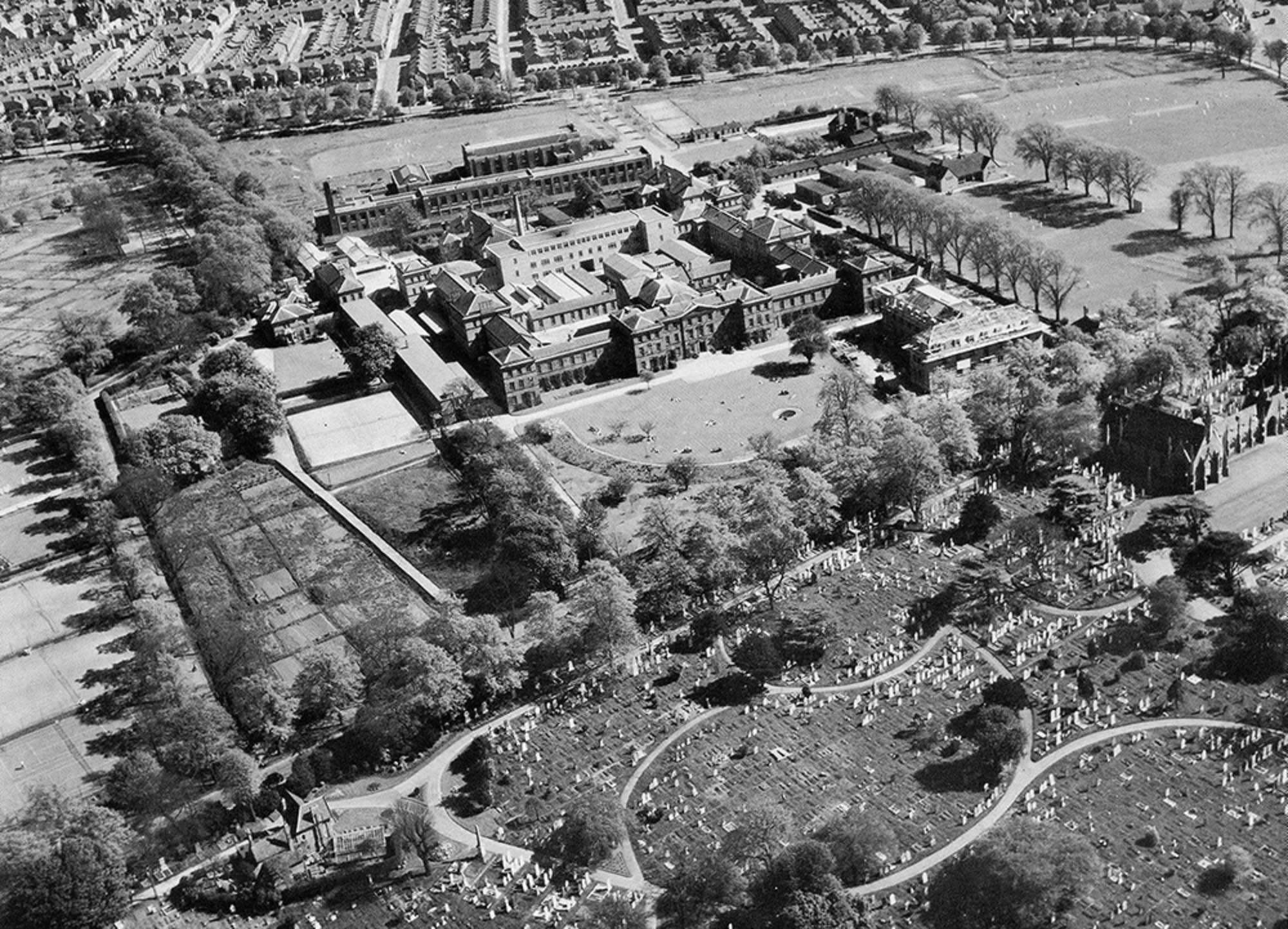
Friends of Welford Road Cemetery
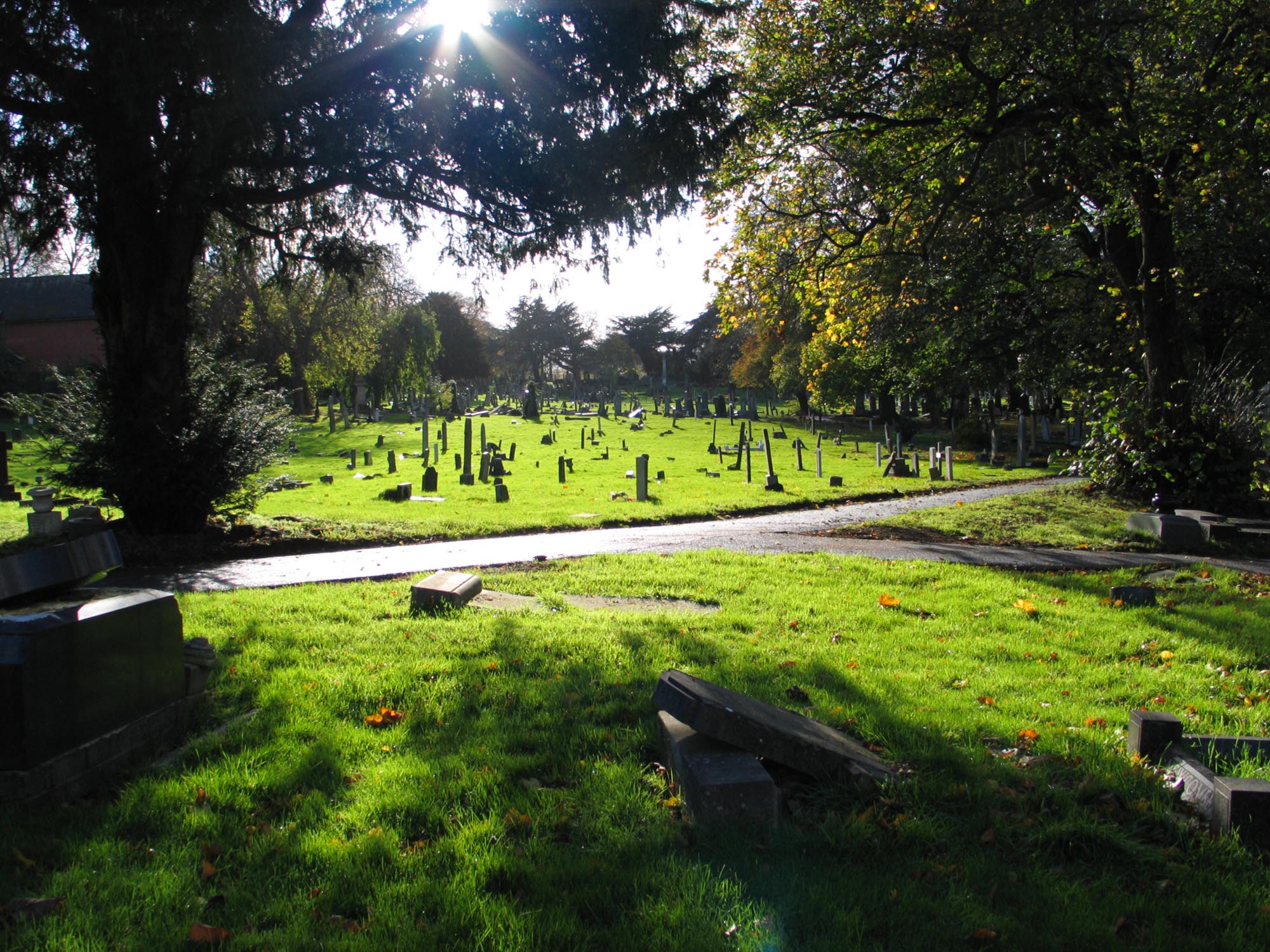
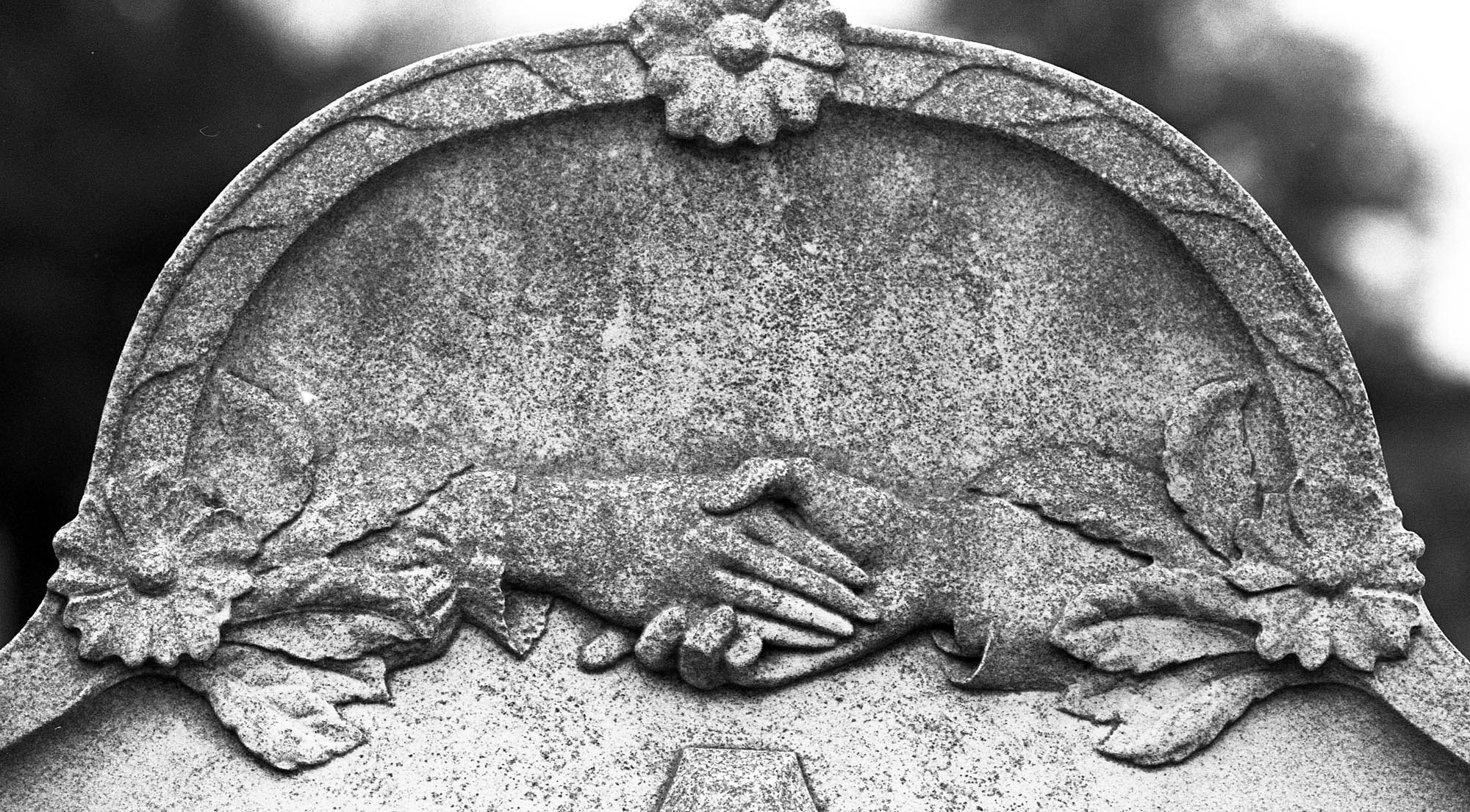
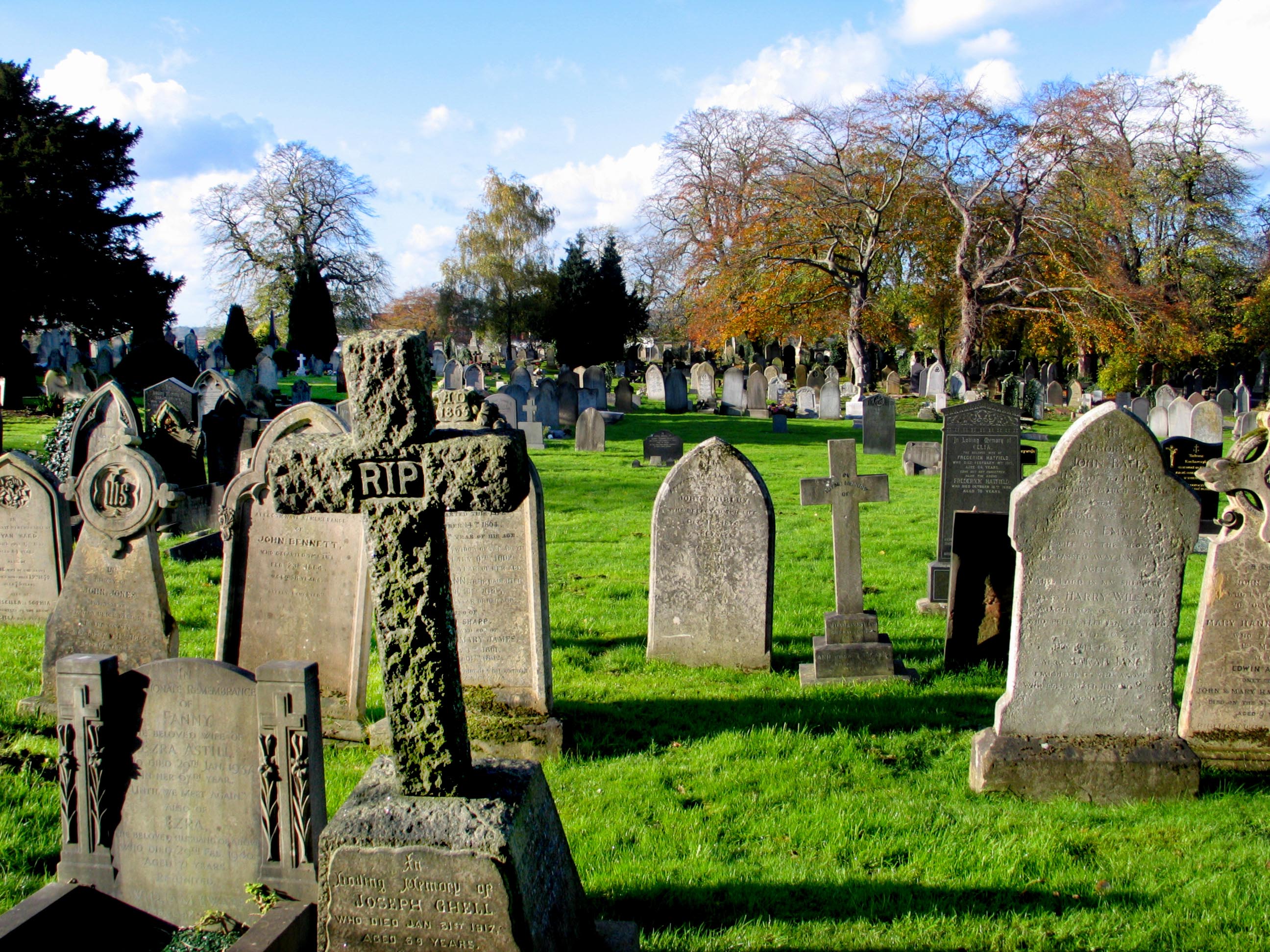
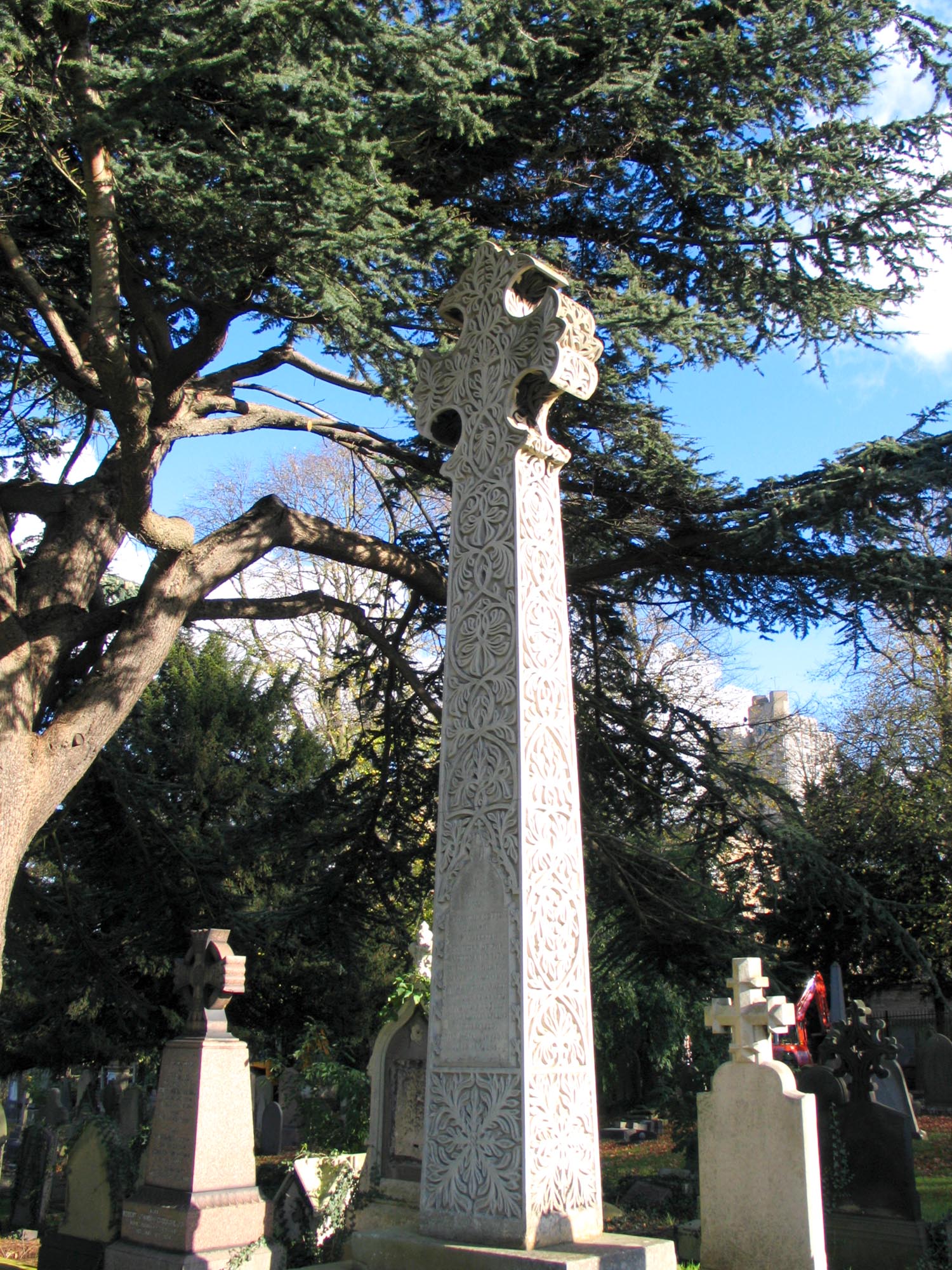
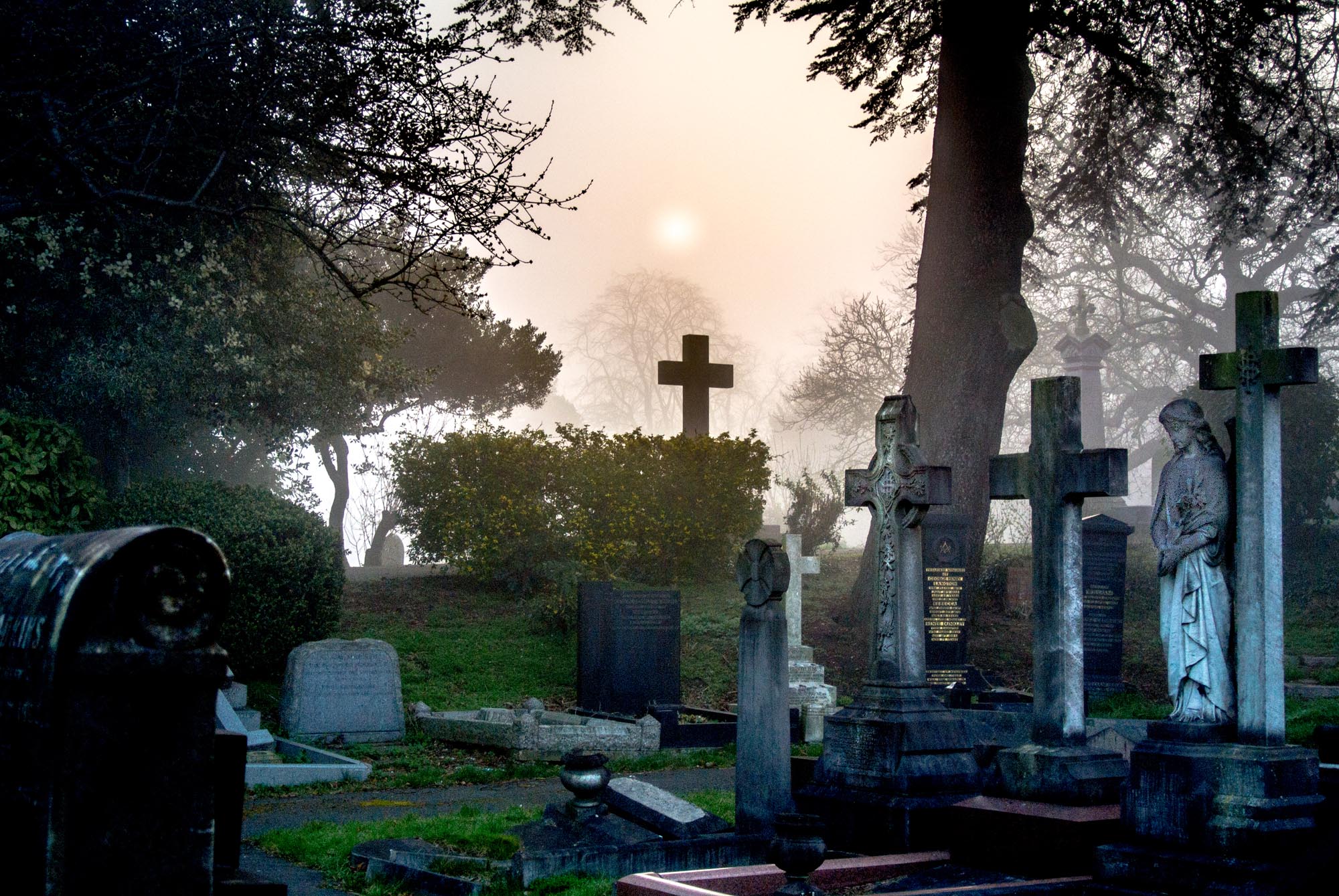
Andy McQuillan

Leicestershire Record Office
Roman Leicester
(47- 500) A military fort was erected, attracting traders and a growing civilian community to Leicester (known as Ratae Corieltauvorum to the Romans). The town steadily grew throughout the reign of the Romans.
Medieval Leicester
(500 – 1500) The early years of this period was one of unrest with Saxon, Danes and Norman invaders having their influences over the town. Later, of course, came Richard III and the final battle of the Wars of the Roses was fought on Leicester’s doorstep.
-
The Castle Motte1068

-
Leicester Cathedral1086

-
St Mary de Castro1107

-
Leicester Abbey1138

-
Leicester Castle1150

-
Grey Friars1231

-
The Streets of Medieval Leicester1265

-
Leicester Market1298

-
Trinity Hospital and Chapel1330

-
Bow Bridgecirca 1350

-
Church of the Annunciation1353

-
John O’Gaunt’s Cellar1361

-
St John's Stone1381

-
Leicester Guildhall1390

-
The Magazine1400

-
The Blue Boar Inn1400

-
The High Cross1577

Tudor & Stuart Leicester
(1500 – 1700) The wool trade flourished in Leicester with one local, a former mayor named William Wigston, making his fortune. During the English Civil War a bloody battle was fought as the forces of King Charles I laid siege to the town.
Georgian Leicester
(1700 – 1837) The knitting industry had really stared to take hold and Leicester was fast becoming the main centre of hosiery manufacture in Britain. This new prosperity was reflected throughout the town with broader, paved streets lined with elegant brick buildings and genteel residences.
-
Great Meeting Unitarian Chapel1708

-
The Globe1720

-
17 Friar Lane1759

-
Black Annis and Dane Hills1764

-
Leicester Royal Infirmary1771

-
New Walk1785

-
Freemasons’ Hall1790

-
Gaols in the City1791

-
Friars Mill1794

-
City Rooms1800

-
Development of Highfields1800

-
Wesleyan Chapel1815

-
20 Glebe Street1820

-
Charles Street Baptist Chapel1830

-
Glenfield Tunnel1832

-
James Cook1832

Victorian Leicester
(1837 – 1901) The industrial revolution had a huge effect on Leicester resulting in the population growing from 40,000 to 212,000 during this period. Many of Leicester's most iconic buildings were erected during this time as wealthy Victorians made their mark on the town.
-
Leicester Union Workhouse1839

-
Campbell Street and London Road Railway Stations1840

-
The Vulcan Works1842

-
Belvoir Street Chapel1845

-
Welford Road Cemetery1849

-
Leicester Museum & Art Gallery1849

-
King Street1850

-
Cook’s Temperance Hall & Hotel1853

-
Amos Sherriff1856

-
Weighbridge Toll Collector’s House1860

-
4 Belmont Villas1862

-
Top Hat Terrace1864

-
Corah and Sons - St Margaret's Works1865

-
Kirby & West Dairy1865

-
The Clock Tower1868

-
Wimbledon Works1870

-
The Leicestershire Banking Company1871

-
St Mark’s Church and School1872

-
Victorian Turkish Baths1872

-
The Town Hall1876

-
Central Fire Stations1876

-
Aylestone Road Gas Works and Gas Museum1879

-
Gas Workers Cottages1879

-
Leicestershire County Cricket Club1879

-
Welford Road Tigers Rugby Club1880

-
Secular Hall1881

-
Development of Highfields1800

-
Abbey Park1881

-
Abbey Park Buildings1881

-
Victoria Park and Lutyens War Memorial1883

-
Leicester Fosse FC 18841884

-
Leicester Coffee and Cocoa Company Coffee Houses1885

-
St Barnabas Church and Vicarage1886

-
Abbey Pumping Station1891

-
Luke Turner & Co. Ltd.1893

-
West Bridge Station1893

-
Thomas Cook Building1894

-
The White House1896

-
Alexandra House1897

-
Leicester Boys Club1897

-
Grand Hotel and General Newsroom1898

-
Highfield Street Synagogue1898

-
Western Park1899

-
Asfordby Street Police Station1899

-
Leicester Central Railway Station1899

Edwardian Leicester
(1901 – 1910) Electric trams came to the streets of Leicester and increased literacy among the citizens led to many becoming politicised. The famous 1905 ‘March of the Unemployed to London’ left from Leicester market when 30,000 people came to witness the historic event.
-
YMCA Building1900

-
The Palace Theatre1901

-
Pares's Bank1901

-
Coronation Buildings1902

-
Halfords1902

-
High Street1904

-
George Biddles and Leicester's Boxing Heritage1904

-
Municipal Library1905

-
Leicester Boys Club1897

-
The Marquis Wellington1907

-
Guild Hall Colton Street1909

-
Women's Social and Political Union Shop1910

-
Turkey Café1901

Early 20th Century Leicester
(1910 – 1973) The diverse industrial base meant Leicester was able to cope with the economic challenges of the 1920s and 1930s. New light engineering businesses, such as typewriter and scientific instrument making, complemented the more traditional industries of hosiery and footwear manufacturing.
-
Dryad Handicrafts1912

-
De Montfort Hall1913

-
Leicester During the First World War1914

-
Fox’s Glacier Mints1918

-
Statue of Liberty1919

-
Housing in Saffron Lane1924

-
Winstanley House1925

-
Housing in North Braunstone1926

-
Lancaster Road Fire Station1927

-
The Little Theatre1930

-
Saffron Hill Cemetery1931

-
Braunstone Hall Junior School1932

-
Former City Police Headquarters1933

-
Savoy Cinema1937

-
Eliane Sophie Plewman1937
-
City Hall1938

-
Athena - The Odeon Cinema1938

-
The Blitz in Highfields1940

-
Freeman, Hardy and Willis - Leicester Blitz1940

-
Leicester Airport1942

-
Leicester’s Windrush Generations1948

-
Netherhall Estate1950
-
Housing at Eyres Monsell1951

-
Silver Street and The Lanes1960

-
Bostik1960

-
Auto-Magic Car Park (Lee Circle)1961

-
University of Leicester Engineering Building1963

-
Sue Townsend Theatre1963

-
Central Mosque1968

-
Belgrave Flyover1973

Modern Leicester
(1973 – present day) Industry was still thriving in the city during the 1970s, with the work opportunities attracting many immigrants from all over the world. While industry has declined in recent years, excellent transport links have made Leicester an attractive centre for many businesses. The City now has much to be proud of including its sporting achievements and the richness of its cultural heritage and diversity.
-
Haymarket Theatre1973

-
The Golden Mile1974

-
Acting Up Against AIDS1976

-
Belgrave Neighbourhood Centre1977

-
Diwali in Leicester1983

-
Leicester Caribbean Carnival1985

-
Samworth Brothers1986

-
Jain Centre1988

-
Guru Nanak Dev Ji Gurdwara1989

-
King Power Stadium2002

-
LCB Depot2004

-
Curve2008

-
BAPS Shri Swaminarayan Mandir2011

-
Makers Yard2012

- Roman Leicester
- Medieval Leicester
- Tudor & Stuart Leicester
- Georgian Leicester
- Victorian Leicester
- Edwardian Leicester
- Early 20th Century Leicester
- Modern Leicester
A Place to Live















































































































































